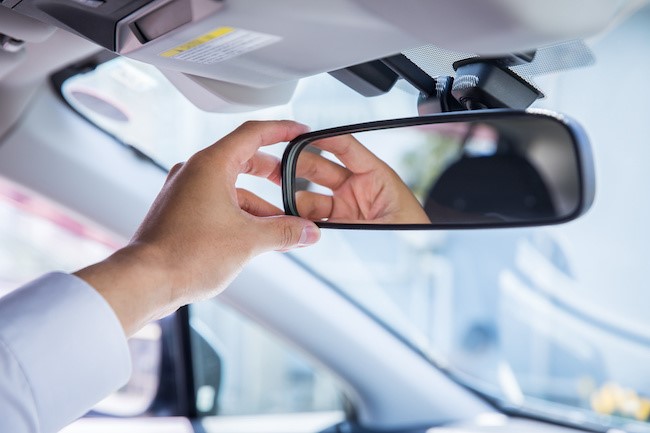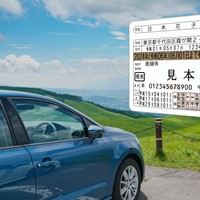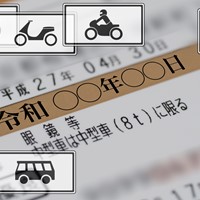Why is the Practical Driver's License Test in Japan So Challenging?

This page contains affiliate links.
In the land of advanced technology, intricate traditions, and a unique way of life, obtaining a driver's license can prove to be an unexpectedly challenging journey. Japan's process for acquiring a driver's license is a multifaceted endeavor that goes beyond technical skills and delves into cultural nuances. This article explores the various facets that contribute to the difficulty of obtaining a driver's license in Japan.
> How to Switch your Driver's License to a Japanese License
Crucial Technical Proficiency

At the heart of the challenge lies the practical skills test, a rigorous examination that evaluates a candidate's ability to maneuver a vehicle with precision. Yet, it's not just about steering and accelerating. Success on the practical test demands an understanding of key points that, if overlooked, can thwart even the most persistent applicants.
Even if you are skilled at driving a car, passing the test is not guaranteed. The test begins with pre-checks before getting in the car, and everything from visual checks and verifications during driving, the timing of using turn signals, lane-changing, thorough safety checks, to stopping the car and disembarking is part of the examination. Especially, merely glancing at something doesn't count as "visual check," so it's important to move your head and look properly. Using pointed gestures to confirm can also be beneficial. Without a grasp of these nuances, the journey towards obtaining a license remains indefinitely stalled, regardless of the time invested.
Cultural Etiquette and Politeness
The Japanese way of life places a significant emphasis on respect, politeness, and adherence to societal norms. This cultural foundation extends to the realm of driving, where police officers act as examiners during the practical test. As a result, it's not just driving skills that are scrutinized; one's demeanor and conduct are equally vital. Confidence is commendable, but arrogance is strictly unwelcome. A rude attitude, regardless of one's proficiency behind the wheel, can shatter the dream of holding a Japanese driver's license. Aspirants must internalize the rules and etiquettes of Japan's roads, ensuring their behavior aligns seamlessly with the country's customs.
Furthermore, on the day of the exam, make sure to wear appropriate attire and shoes suitable for the test. Sandals are not allowed for the exam. Also, if you require glasses while driving, remember to bring them along.
Elusive Practice Opportunities

As if the challenges weren't substantial enough, securing practice opportunities adds another layer of complexity. Specialized driving schools, dedicated to helping foreigners convert their licenses, are perpetually oversubscribed. As a result, many candidates approach the crucial practical test without having had ample practice. This scarcity of hands-on experience amplifies the already daunting difficulty of the technical test, raising the stakes even higher.
Incidentally, driving license centers are consistently crowded. If you fail the skills test, you'll have to queue up again from the early morning, and it becomes a physically exhausting process.
Choosing Reliable Driving Test Instruction

In the era of digital information, instructional videos abound on platforms like YouTube. These videos claim to offer the secrets to acing the skills test. However, discerning credible sources from dubious ones becomes a challenge in itself. With a myriad of conflicting advice and perspectives, aspiring drivers often find themselves at a crossroads, unsure of which instructional videos to rely on for accurate and reliable guidance.
Optimal Tools for Self-Studying
The Asahi Motors Group provides a handbook & manual for the driving test. You have the option to learn how to pass the test independently, without enrolling in a driving school. The resource includes user-friendly illustrations and videos for clear guidance. For further information, click here or the image below.
Asahi Paper Driving School also provides English-language services tailored for individuals transitioning from a foreign license to a Japanese license, practicing driving in Japan, and offering assistance and training for those on the verge of obtaining a Japanese driver's license. All of these services are available in English. To learn more, please get in touch with them directly.
Conclusion
The path to obtaining a driver's license in Japan is riddled with unique challenges that demand a blend of technical aptitude, cultural understanding, patience, and resourcefulness. The pursuit is a true test of character and commitment, with each hurdle overcome bringing aspirants one step closer to the ultimate reward – the privilege of navigating Japan's roads independently.
If you live in Tokyo and are looking for an English-Speaking driving school, please read English-Speaking Driving Schools in Tokyo.






















